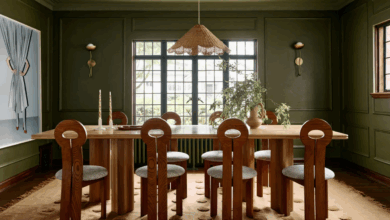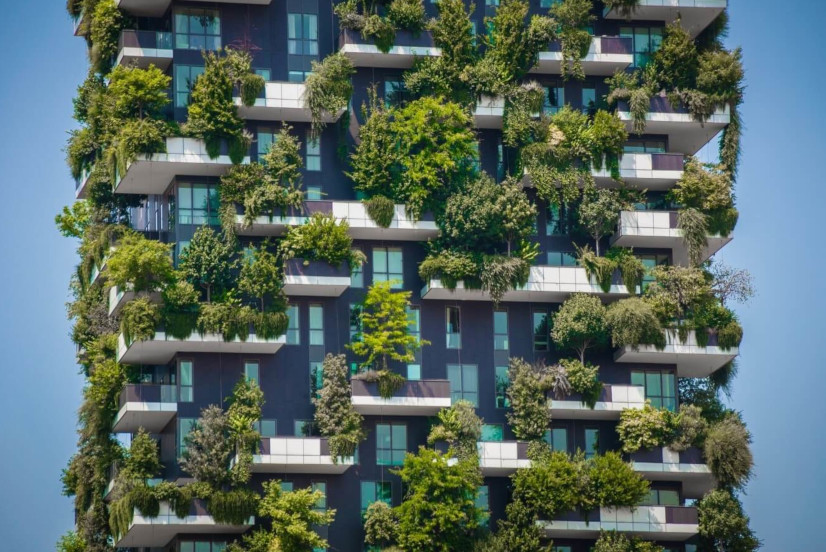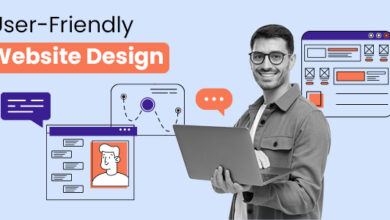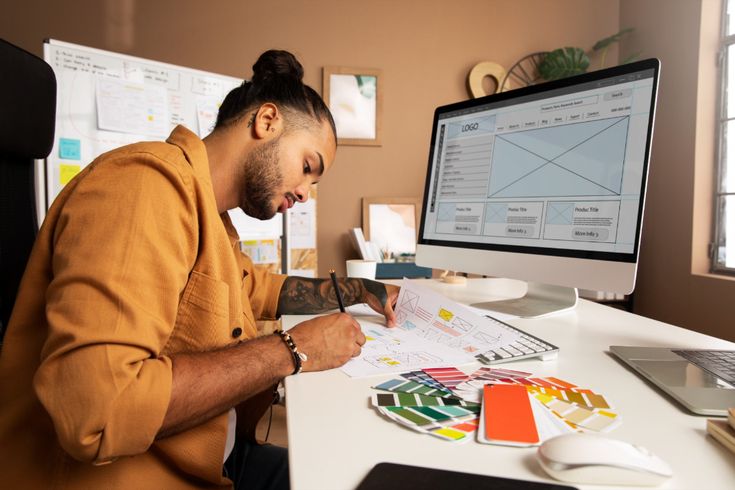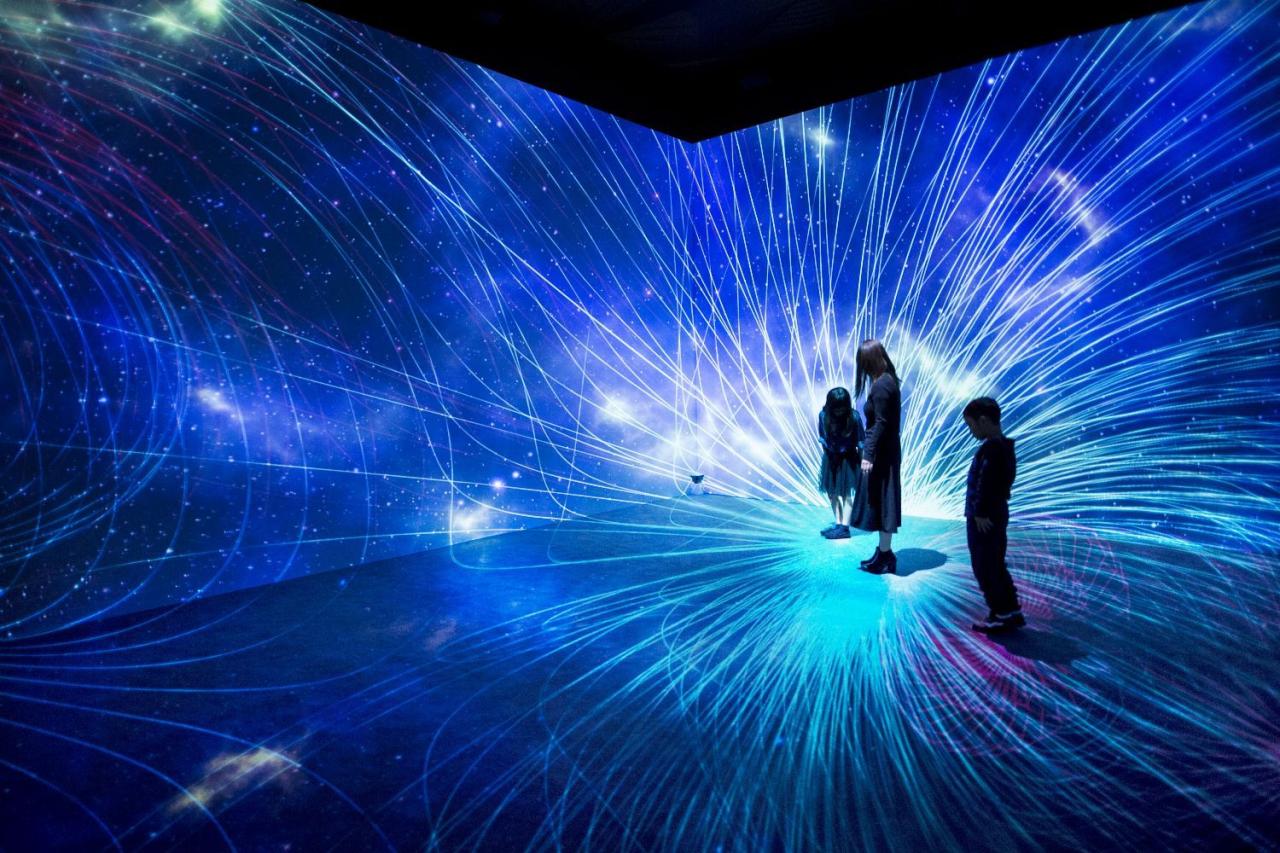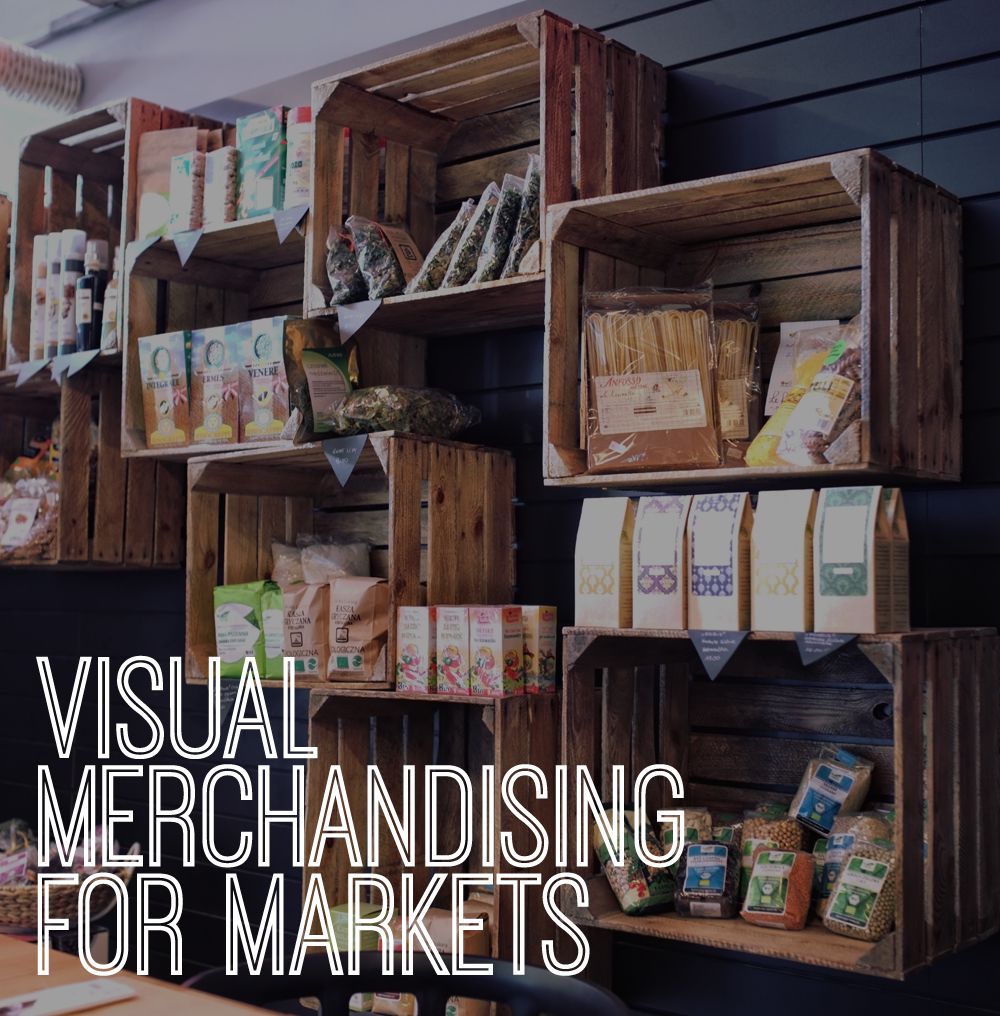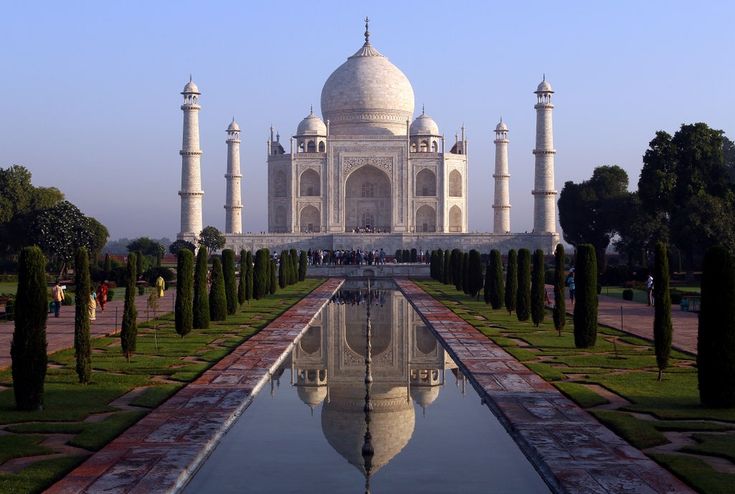Graphic Design Trends Taking Over America
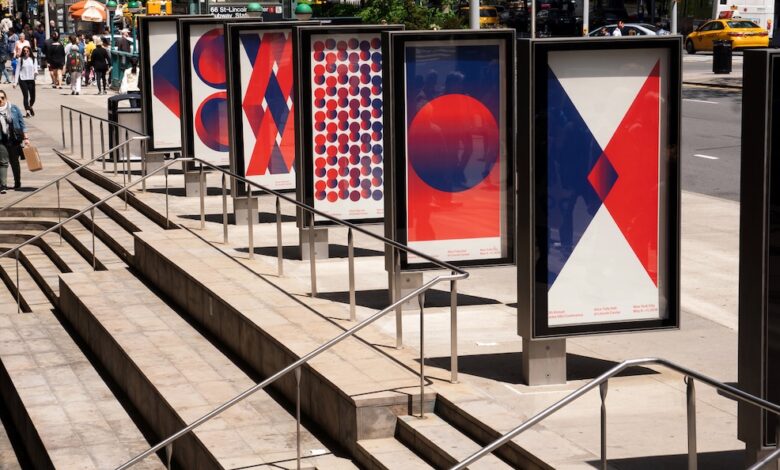
Graphic Design Trends Taking Over America explores the captivating shifts in aesthetics, color palettes, and stylistic choices influencing American design. From minimalist to bold, playful to geometric, this deep dive analyzes the cultural and technological forces shaping the future of visual communication.
The discussion encompasses the current landscape of popular trends, delving into specific examples like the resurgence of geometric patterns. It also examines emerging trends predicted to gain traction and the pivotal role of technology in driving innovation within the design industry.
Defining the Current Landscape
Graphic design trends in America are constantly evolving, mirroring societal shifts and technological advancements. These trends often blend aesthetics with cultural relevance, creating a dynamic and ever-changing visual landscape. Understanding these trends allows businesses and individuals to connect with audiences effectively and create visually appealing and engaging content.
Contemporary graphic design trends are a reflection of a diverse and evolving American culture, drawing inspiration from various sources, including social media, art movements, and technological innovations. These trends often blend elements of different styles, leading to unique and compelling visual expressions.
Prominent Graphic Design Trends
American graphic design is currently embracing a range of trends, from minimalist elegance to bold, playful expressions. These styles are frequently seen in branding, advertising, and web design, creating a diverse and engaging visual experience.
Minimalist Design
This trend emphasizes simplicity and clean lines. It prioritizes negative space, creating a sense of order and sophistication. Color palettes are often limited to a few muted tones or a single accent color, allowing the form to take center stage. This approach is frequently used in high-end branding, luxury products, and corporate identity. A prominent example is the use of white space and sans-serif fonts in many modern logos and websites.
Bold and Dramatic Design
This style utilizes strong visual contrasts, such as vibrant colors, bold typography, and graphic patterns. It often aims to grab attention and create a powerful impact, conveying confidence and energy. This approach is commonly used in advertising campaigns, posters, and product packaging to communicate a brand’s personality and create a memorable experience. Examples include the use of contrasting color schemes in advertisements for fast-food restaurants or the bold typography in concert posters.
Playful and Whimsical Design
This category features lighthearted and imaginative visuals, often incorporating illustrations, animations, and unconventional typography. Color palettes are usually bright and cheerful, creating a fun and engaging atmosphere. This approach is particularly popular for children’s products, social media campaigns, and marketing materials aimed at younger demographics. A common example is the use of hand-drawn illustrations and playful typography in children’s book covers.
Comparison of Design Categories
| Category | Aesthetic Elements | Color Palettes | Cultural Influences |
|---|---|---|---|
| Minimalist | Clean lines, negative space, simple shapes | Muted tones, single accent colors | Focus on sophistication, elegance, and order |
| Bold and Dramatic | Strong contrasts, vibrant colors, bold typography | High contrast color combinations | Desire for impactful messaging, confidence, and energy |
| Playful and Whimsical | Illustrations, animations, unconventional typography | Bright, cheerful colors | Targeting younger demographics, emphasis on fun and engagement |
Examining Specific Trends in Depth
Graphic design trends are constantly evolving, reflecting societal shifts and technological advancements. Understanding these trends allows designers to create work that resonates with contemporary audiences and effectively communicates messages. This section delves into a specific trend, examining its historical context, applications, and evolution.
The resurgence of geometric patterns is a compelling example of a trend that demonstrates the power of timeless design principles in a contemporary context. This resurgence is not simply a rehash of past styles; rather, it showcases a modern interpretation of these patterns, infused with new aesthetics and functionalities.
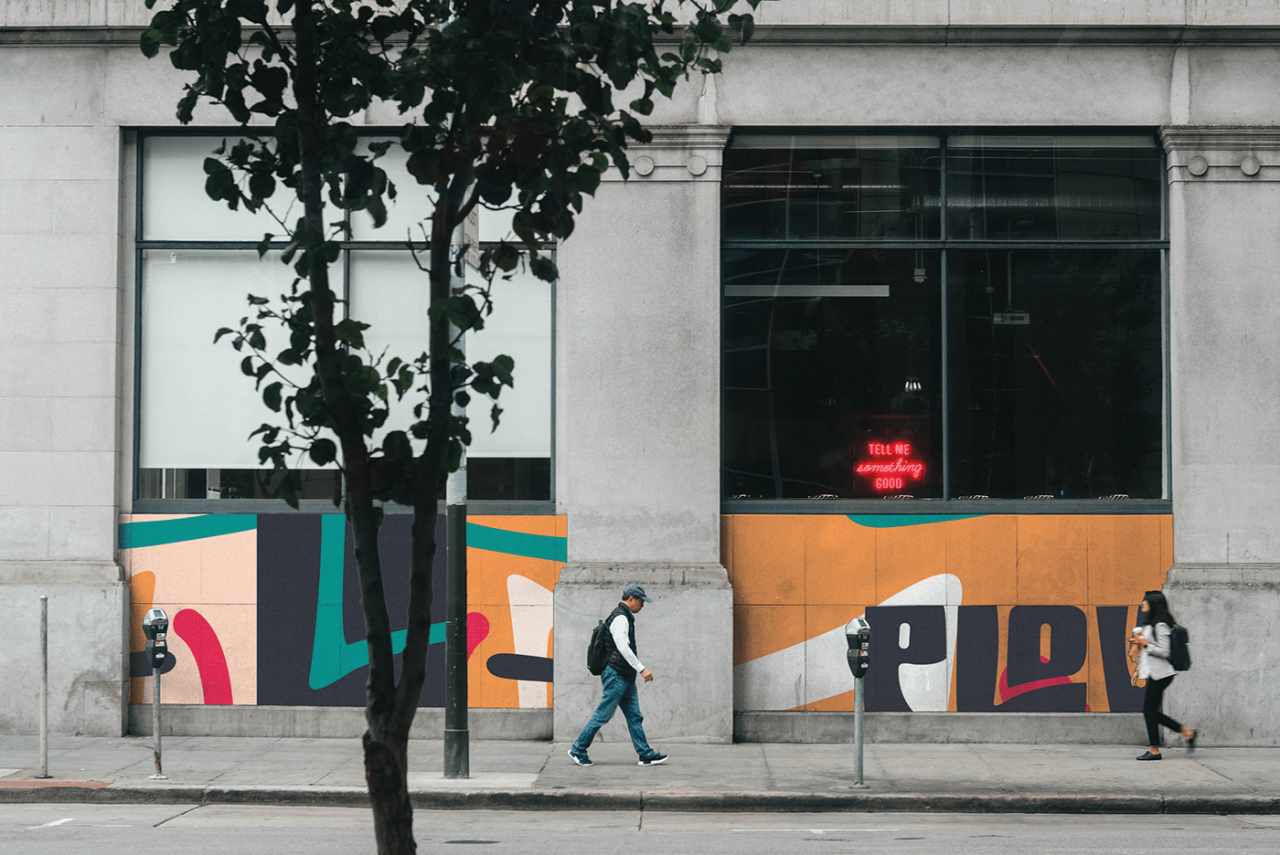
Geometric Patterns: A Modern Revival
Geometric patterns, characterized by precise shapes and lines, have a rich history in art and design. From ancient civilizations to modern-day design, these patterns have consistently captured attention for their aesthetic appeal and inherent structure. This trend’s renewed popularity signifies a preference for clean, structured, and visually engaging designs.
Applications in Diverse Design Fields, Graphic Design Trends Taking Over America
Geometric patterns are not confined to a single application. Their versatility allows them to be seamlessly integrated into various design disciplines.
- Branding: Geometric patterns can be used to create striking logos and brand identities. The use of sharp angles and precise shapes can convey a sense of modernity and sophistication, appealing to a contemporary audience. Examples include logos with stylized triangles, squares, or circles, that serve as visual cues for the brand’s identity.
- Web Design: In web design, geometric patterns can be used to create visually appealing backgrounds, navigation elements, and even interactive components. The use of subtle geometric patterns in web design can enhance visual interest and create a more engaging user experience. For instance, a website might use a subtle grid pattern in the background or in the layout of content blocks.
- Print Design: Geometric patterns are also frequently used in print design, including posters, brochures, and packaging. The structured nature of these patterns lends itself well to the precision required in print production. Consider magazine layouts featuring repeating geometric shapes or patterns that enhance the visual appeal of the printed material.
Historical Context and Evolution
The use of geometric patterns has been evident throughout history, from ancient Egyptian hieroglyphs to the Bauhaus movement in the 20th century. The revival of geometric patterns in contemporary design can be seen as a response to a desire for order and clarity in a complex world. This modern take often incorporates digital tools and contemporary color palettes, making the patterns more dynamic and engaging. The evolution of the trend is marked by the creative adaptation of historical patterns and the incorporation of modern design principles.
Comparison with Similar and Opposing Trends
The resurgence of geometric patterns contrasts with trends emphasizing organic shapes and free-flowing designs. While both can be aesthetically pleasing, geometric patterns emphasize precision and structure, while organic designs emphasize fluidity and natural forms. Geometric patterns often align with minimalist or modern aesthetics, offering a sense of order and visual clarity. In contrast, trends like maximalism may incorporate geometric patterns but often with a different emphasis, utilizing them in a more playful or layered way.
Examples of Successful Applications
| Application Area | Brief Description |
|---|---|
| Branding | A tech startup utilizes a logo featuring a series of interconnected triangles in varying shades of blue to evoke a sense of innovation and interconnectedness. |
| Web Design | A fashion e-commerce website uses a subtle, repeating diamond pattern in the background to enhance visual interest and create a sophisticated atmosphere. |
| Print Design | A magazine cover features a striking graphic of intersecting lines and geometric shapes, creating a visually engaging and memorable design. |
The Role of Technology in Shaping Trends
Technological advancements have profoundly impacted the graphic design landscape, driving innovation and altering the creative process. Software and tools have become integral to the creation and execution of visual communication, enabling designers to push boundaries and deliver more sophisticated and impactful designs. This evolution is evident in the variety of approaches now possible, from intricate animations to immersive interactive experiences.
The role of technology extends beyond simply automating tasks; it empowers designers with unprecedented control over their creative output. Sophisticated software facilitates the creation of complex designs, previously unimaginable without significant manual effort. This technological evolution is further accelerating the pace of design innovation.
Software and Tool Influence on Design Creation
Contemporary graphic design heavily relies on digital tools. These tools offer an array of functionalities, from vector graphics manipulation to advanced color correction and image editing. The sophistication of these programs is continuously evolving, enabling designers to explore novel concepts and execute them with precision. The selection of software can directly impact the aesthetic and functionality of a design. A program specializing in 3D modeling will yield different results than a tool focused on flat illustration.
Impact on Design Accessibility and Efficiency
Technology has significantly improved design accessibility and efficiency. Cloud-based platforms and collaborative tools facilitate real-time design reviews and feedback, allowing for quicker iterations and smoother project workflows. This collaborative aspect is critical in modern design practices, where projects often involve multiple stakeholders and diverse skill sets.
The availability of user-friendly software and online tutorials has broadened access to graphic design knowledge. This democratization allows individuals with diverse backgrounds to enter the field and contribute unique perspectives, fostering a more diverse and inclusive design community.
Examples of Technological Innovation
Innovative tools are continually emerging, pushing the boundaries of design possibilities. AI-powered tools are now capable of generating design elements, creating mockups, and automating repetitive tasks, allowing designers to focus on strategic creative endeavors. For example, tools that automatically generate color palettes based on specific styles or that create variations of a design based on different parameters are becoming increasingly common.
Summary of Graphic Design Software
| Software | Key Features | Impact on Trends |
|---|---|---|
| Adobe Photoshop | Image editing, raster graphics manipulation, photo retouching, and compositing. | Continues to be a cornerstone in image-based design, impacting trends related to photo manipulation, high-resolution visuals, and realistic image effects. |
| Adobe Illustrator | Vector graphics design, typography, and illustration. | Essential for creating scalable designs, logos, and illustrations, driving trends focused on clean lines, precise shapes, and impactful visuals. |
| Figma | Collaborative design platform, vector graphics editing, prototyping, and UI/UX design. | Promotes team-based design processes, driving trends towards user-centric design, and real-time feedback integration. |
| Procreate | Digital painting and illustration software, specializing in natural media emulation. | Influences trends related to artistic expression, tactile textures, and highly detailed illustrations. |
Epilogue: Graphic Design Trends Taking Over America
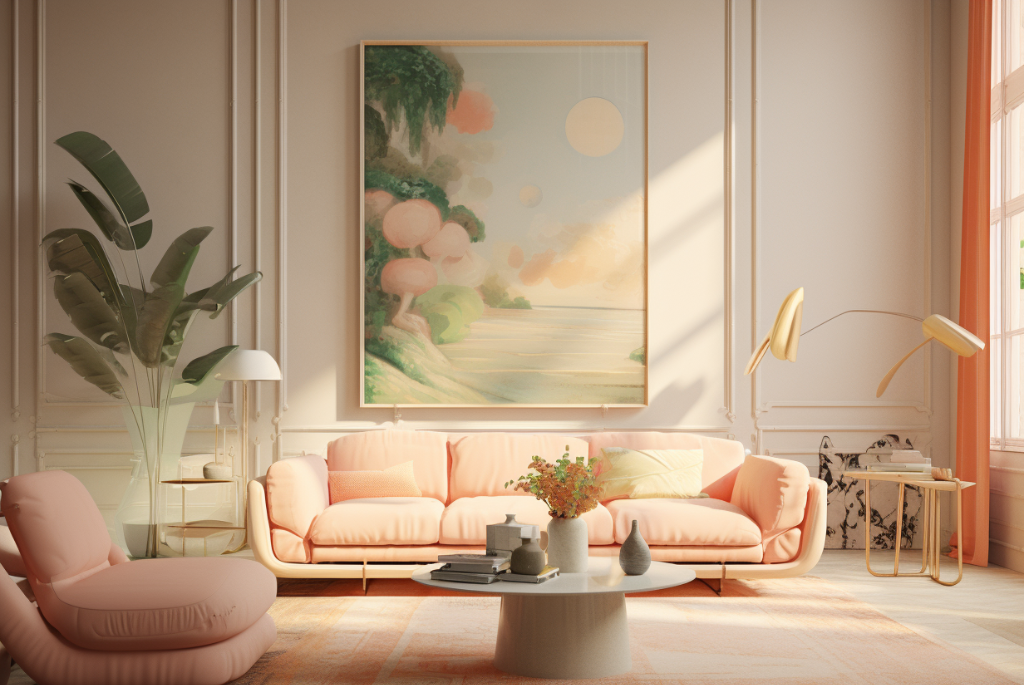
In conclusion, the evolution of graphic design trends in America is a dynamic reflection of cultural shifts and technological advancements. The current trends, from classic to cutting-edge, offer a compelling snapshot of how visual communication is adapting to meet the evolving needs and desires of the American audience.
Common Queries
What software is most commonly used for graphic design in America?
Adobe Photoshop, Illustrator, and InDesign are frequently used, though other software and tools are also popular.
How do cultural trends influence graphic design?
Cultural shifts often dictate aesthetic choices, color preferences, and the overall message conveyed through visual design.
What are some examples of emerging graphic design trends?
Emerging trends often incorporate elements of sustainability, inclusivity, and a focus on personalized experiences.
What is the impact of technology on the accessibility of graphic design?
Technology has made graphic design tools more accessible, allowing more people to create and experiment with visual communication.

